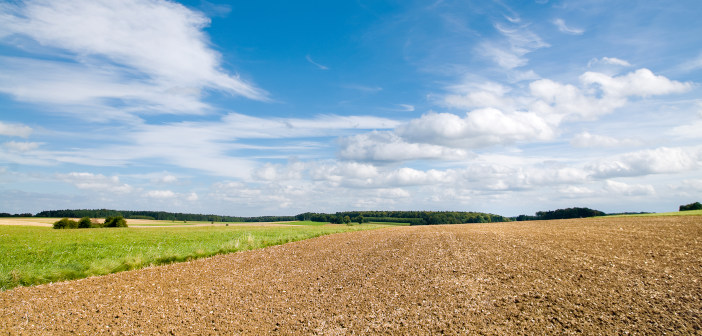According to a new report from the Central Association of Agricultural Valuers (CAAV), climate change, new policies and other pressures will change how land is used around the UK in the coming years.
In the paper Future Rural Land Uses in the UK, the CAAV reviews the pressures and opportunities for farmers.
“From the overarching umbrella of climate change to advancing technologies, growing populations and development, shifting public tastes and expectations for air, water quality and biodiversity, how land is farmed and the purposes it is put to are going to change exponentially in the coming decades,” explained Jeremy Moody, secretary and adviser to the CAAV.
“Now out of the CAP, founded on cereals and beef, what might we be farming in 2030? This will not only be about changing businesses but also changing landscapes, as each farmer and landowner reacts to the challenges and opportunities in order to grow and thrive.
“The outcomes will be seen in the context of the long history of our landscapes, not just the last 50 years. These decisions will make our future countryside.”
Though Brexit may have held farmers’ attention, concentration needs to be turned to what farmers actually control in their own businesses, Mr Moody continued.
“Where does each farmer want to be in 2030 and how do they then get there, whether that’s being more efficient, changing the type of business, scaling down or withdrawing with maximum value.” This may involve generational change or letting land out, he added. “Developing progressive businesses will typically see the adoption of new technologies, trained staff and adapting to public demands, as well as to new policy.”
Economics and climate change are likely to be the overarching drivers of changes in land use and the report highlights five key directions of travel. Firstly, commodity producers will need to costs down and be increasingly choosy about the land they use, according to the margins each parcel of ground makes, to support overheads and profits.

Other farmers may opt to provide something different for the market to add value to produce in a bid to boost margins, Mr Moody explained.
“Farmers need to be interested in what is happening beyond the farm gate. Success in this approach won’t depend on the area of land but on successfully managing the business.
“Thirdly, there is a growing trend for higher-value production; much of it now indoors or undercover, whether with pigs and poultry or glasshouses and controlled environment farming.”
There will be those who continue to farm but also turn their attention towards supplying public goods and environmental benefits, he added. “Though land use may be largely dictated by its climate and geology, there’s generally a wide range of environmental options, many of which can support better farming.”
Finally, some land may be managed primarily for environmental purposes with little or no farming, whether for woodland (though UK history shows forestry has only limited attractions), peatland (to reduce carbon emissions) or wetland and rewilding.
Away from land management, other ground could move out of agricultural use to urban development or renewable energy productions.
“Overall, marginal arable land might, as in previous times of pressure, be the most exposed to these changes, and is where the loss of Basic Payments could have the greatest impact,” said Mr Moody.
“Farmers, each faced with finding their own answers to this myriad of developing issues, have never had a greater need for advice. To manage these changes – rather than being managed by them – will require new approaches to business and land use and advice on investing, skills, technology and structure will be essential. Investing in good advice is investing in the future.
“How the kaleidoscope of land-use change settles won’t just be down to the force of climate change and policy, but down to the individuals. Those who are good managers, adopt innovation, experiment and evolve to the market place will be the most successful.”
The report can be downloaded at www.caav.org.uk, where you can find more information about CAAV.


